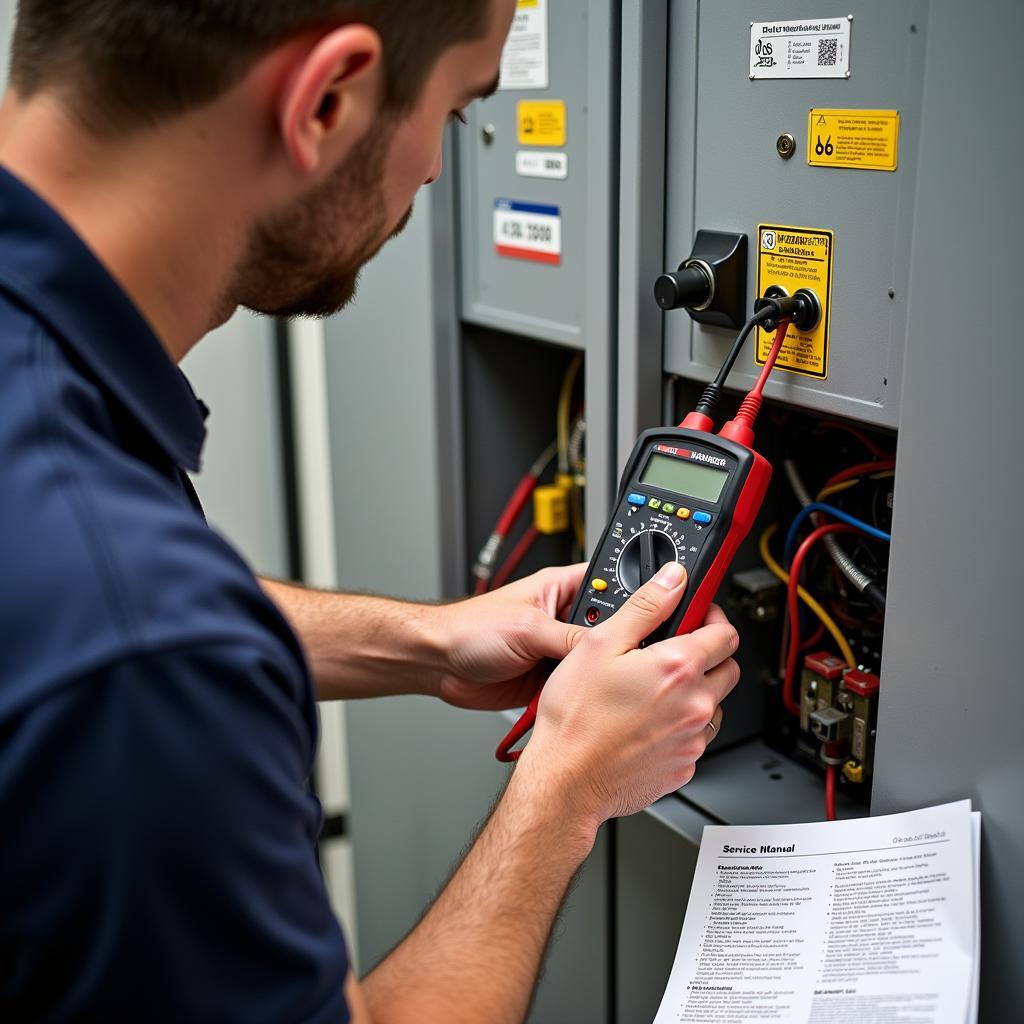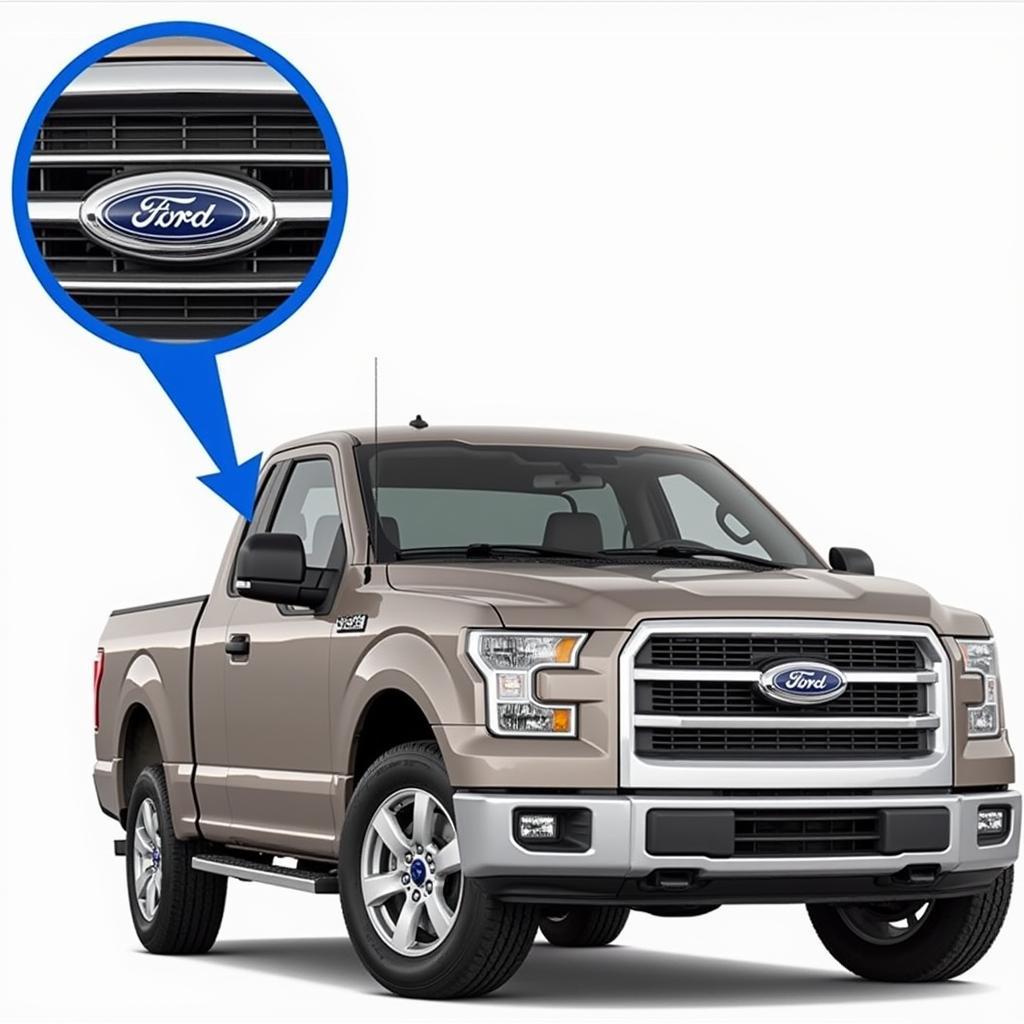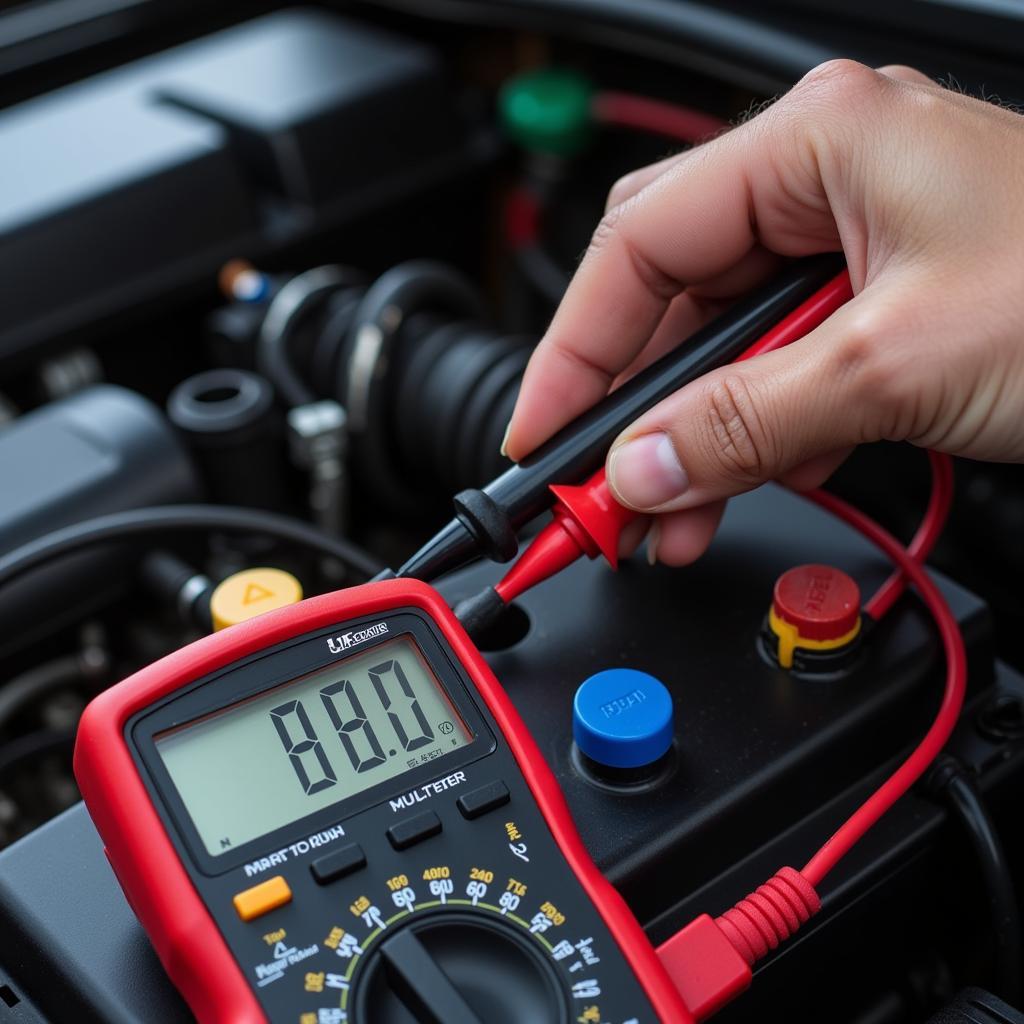Warner electric elevator brakes are crucial safety components ensuring smooth stops and holding the elevator car securely. Malfunctioning brakes can lead to dangerous situations, so understanding common issues and troubleshooting steps is vital for technicians and maintenance personnel. This article dives into the intricacies of Warner electric elevator brakes, offering practical advice on diagnosing and resolving common problems.
Elevator brakes employ electromagnetism to engage and disengage. When power is applied, the electromagnet energizes, releasing the brake shoes and allowing the elevator to move. When power is cut off, the spring-loaded brake shoes engage, stopping and holding the elevator. Several factors can disrupt this process, leading to brake malfunctions. These include worn brake shoes, incorrect spring tension, misaligned components, or electrical issues. Let’s examine some of these problems more closely.
Common Issues with Warner Electric Elevator Brakes
Brake Shoe Wear
Over time, brake shoes wear down, reducing their effectiveness. schindler elevator warner brake often require regular inspection and replacement to maintain optimal performance. Worn brake shoes can cause jerky stops, increased stopping distance, and even complete brake failure.
How can I tell if my brake shoes are worn?
Visual inspection is the quickest way to assess brake shoe wear. Look for significant thinning or uneven wear patterns. Measuring the remaining thickness with a caliper can provide a more precise assessment.
Incorrect Spring Tension
The spring within the brake assembly provides the force necessary to engage the brake shoes. If the spring tension is too high or too low, it can affect the brake’s performance. Low tension can lead to slippage, while high tension can cause abrupt stops and premature wear.
How do I adjust the spring tension?
Spring tension is typically adjusted using a specific tool provided by Warner Electric. Refer to the manufacturer’s instructions for the correct procedure, as improper adjustment can damage the brake.
Electrical Problems
Electrical faults can prevent the electromagnet from energizing or de-energizing correctly, leading to brake malfunction. These faults can range from loose wiring and damaged connectors to issues with the elevator’s control system.
How can I diagnose electrical problems?
A multimeter can be used to check for continuity and voltage at various points in the brake circuit. This helps identify breaks in the wiring, faulty connectors, or problems with the electromagnet itself.
Troubleshooting Warner Electric Elevator Brakes
Step-by-Step Guide
- Visual Inspection: Begin by visually inspecting the brake assembly. Look for signs of wear, damage, or misalignment.
- Check Brake Shoe Thickness: Measure the brake shoe thickness to determine if they need replacement.
- Verify Spring Tension: Check the spring tension and adjust it according to the manufacturer’s specifications.
- Inspect Wiring and Connectors: Examine all wiring and connectors for looseness, damage, or corrosion.
- Test Electrical Components: Use a multimeter to test the electromagnet, switches, and other electrical components.
- Consult Manufacturer’s Documentation: If the problem persists, refer to the manufacturer’s documentation for more advanced troubleshooting steps.
 Technician Troubleshooting Warner Electric Elevator Brake
Technician Troubleshooting Warner Electric Elevator Brake
“Proper maintenance and timely troubleshooting are critical for ensuring the safety and reliability of Warner electric elevator brakes,” says John Smith, a senior elevator technician with 20 years of experience. “Regular inspections and adherence to manufacturer guidelines can prevent most brake-related issues.”
Conclusion
Warner electric elevator brakes are essential for safe elevator operation. Understanding common problems and following the troubleshooting steps outlined in this article can help technicians and maintenance personnel quickly identify and resolve issues, minimizing downtime and ensuring passenger safety. Regular maintenance and prompt attention to any warning signs are crucial for keeping your Warner electric elevator brakes in optimal condition. Remember, safety should always be the top priority when working with elevator systems. warner elevator brakes on schindler elevator are a prime example of this importance.
“Never underestimate the importance of a properly functioning brake system,” adds Maria Garcia, a certified elevator inspector. “A small issue, if left unattended, can quickly escalate into a major safety hazard.” my car wont start even with a jump
FAQ:
- How often should Warner electric elevator brakes be inspected?
- What are the most common causes of Warner electric elevator brake failure?
- How can I tell if my Warner electric elevator brake needs adjustment?
- What safety precautions should I take when working on elevator brakes?
- Where can I find replacement parts for Warner electric elevator brakes?
- What are the signs of a worn-out brake shoe?
- How do I test the electromagnet of a Warner electric elevator brake?



